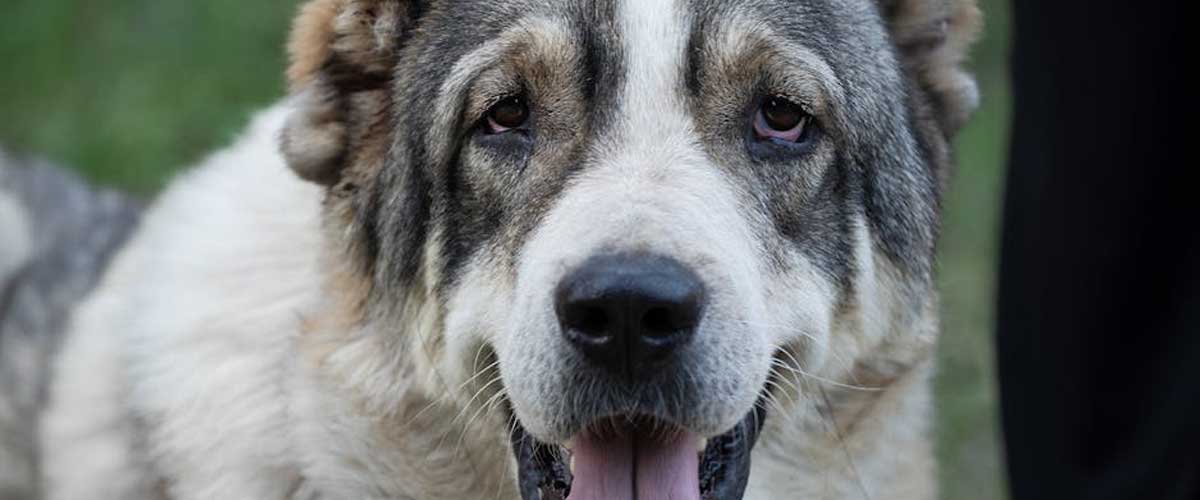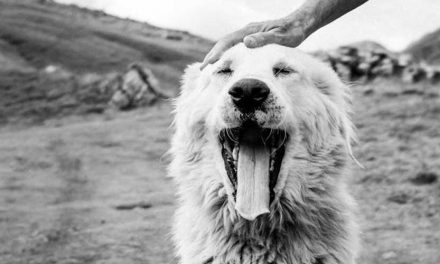The Central Asian Shepherd Dog, also known as Alabai or Central Asian Ovcharka, is a powerful and ancient breed with a rich history intertwined with the nomadic cultures of Central Asia.
Renowned for their formidable skills as livestock guardians, these dogs have captured the hearts of many dog lovers worldwide, thanks to their loyalty, intelligence, and strength.
Origins and History
The Central Asian Shepherd Dog has a lineage that dates back thousands of years, originating from various breeds native to Central Asia, including Turkmenistan, Kazakhstan, and Uzbekistan.
Bred primarily for herding and protecting sheep from predators like wolves and bears, these dogs have adapted to harsh climates and rugged terrains, showcasing resilience and toughness.
Their historical role has made them revered companions to nomadic tribes.
The Alabai was not just a protector; it was also a vital part of the family and culture, often seen as a symbol of status and strength.
Physical Characteristics
Central Asian Shepherds are large, muscular dogs with a commanding presence.
Males typically weigh between 110 to 150 pounds, while females are slightly smaller.
They possess a thick coat that can be short or long, offering protection against extreme weather.
The breed is characterized by a broad head, strong jaws, and a powerful body, all contributing to its impressive stature.
Their coat colors can vary widely, including white, brindle, fawn, and black.
They often have distinctive markings, giving each dog a unique appearance.
Temperament and Behavior
The temperament of the Central Asian Shepherd is one of their most appealing traits.
They are known for their loyalty, intelligence, and independent spirit.
This breed is naturally protective, making them excellent guardians of homes and livestock.
They are wary of strangers but tend to bond closely with their families.
While they are generally calm and reserved, they require proper socialization and training from a young age to ensure they are well-adjusted.
This breed can be either dominant or submissive depending on individual personality traits, so consistent leadership is essential.
Training and Care
Training a Central Asian Shepherd requires patience, firmness, and understanding.
They are intelligent dogs but often have a mind of their own.
Positive reinforcement techniques are the most effective way to train them.
Early socialization with various people, pets, and environments can prevent aggressive tendencies and ensure a well-rounded dog.
Regular exercise is essential for maintaining their physical and mental health.
While they are not excessive energy dogs, they benefit from daily walks and opportunities to roam in a secure environment.
A well-balanced diet suited to their size and activity level is also crucial.
Health Considerations
The Central Asian Shepherd is generally a healthy breed, but like all large dogs, they can be prone to specific health issues, such as hip dysplasia and certain heart conditions.
Regular veterinary check-ups and responsible breeding practices can help mitigate these risks.
Conclusion
The Central Asian Shepherd Dog is a dignified and devoted breed that serves as an excellent guardian and companion.
Their majestic presence, strong protective instincts, and loyalty make them a perfect choice for those who can appreciate their uniqueness and can provide the necessary training and care.
As this breed continues to gain popularity far beyond its native lands, it’s essential for potential owners to understand the responsibilities that come with owning such a powerful dog.
With the right environment, training, and love, the Central Asian Shepherd can be a remarkable addition to any family.









